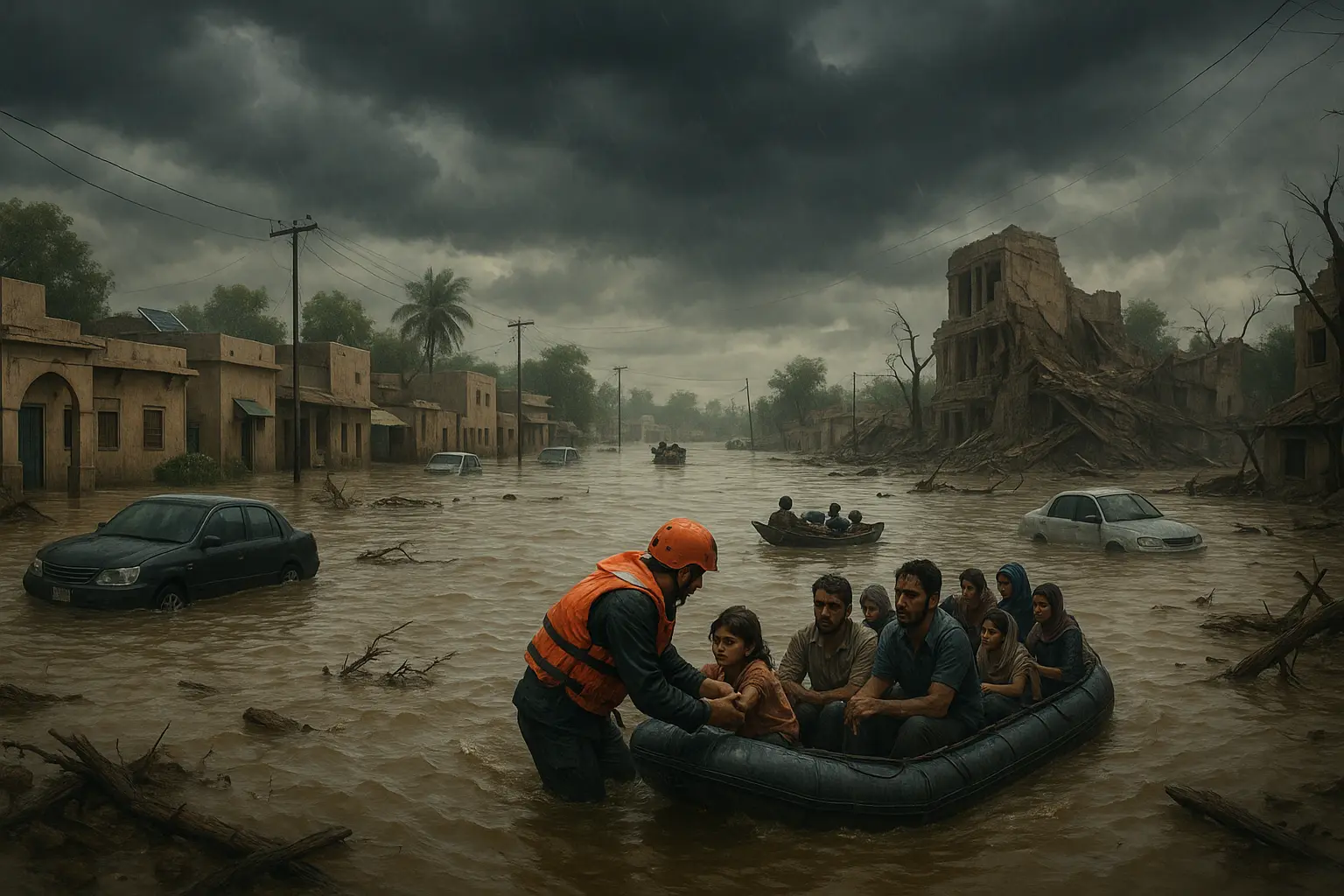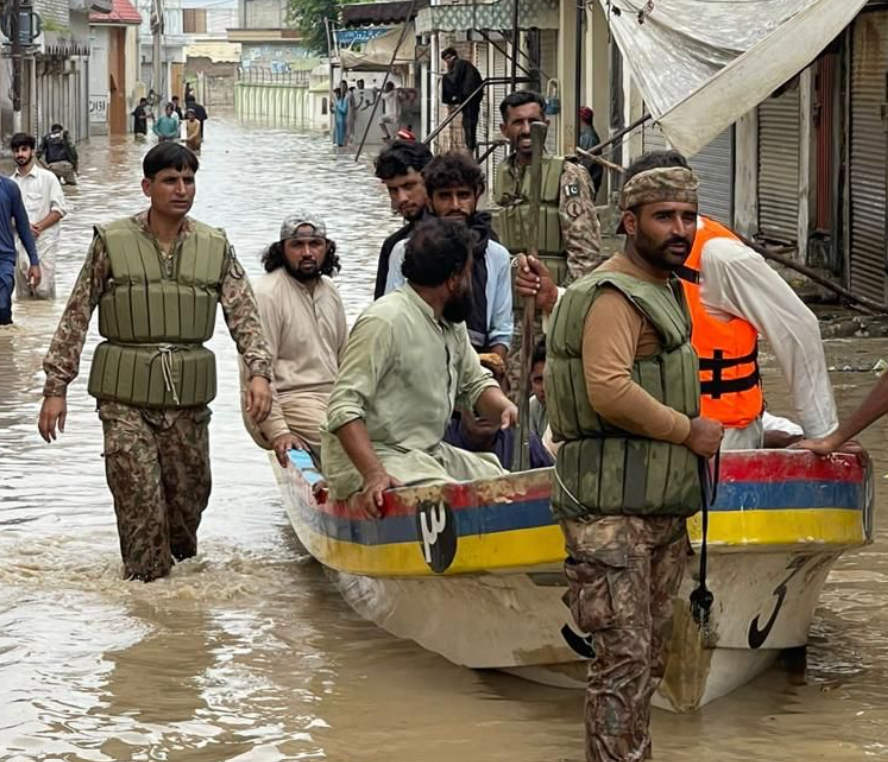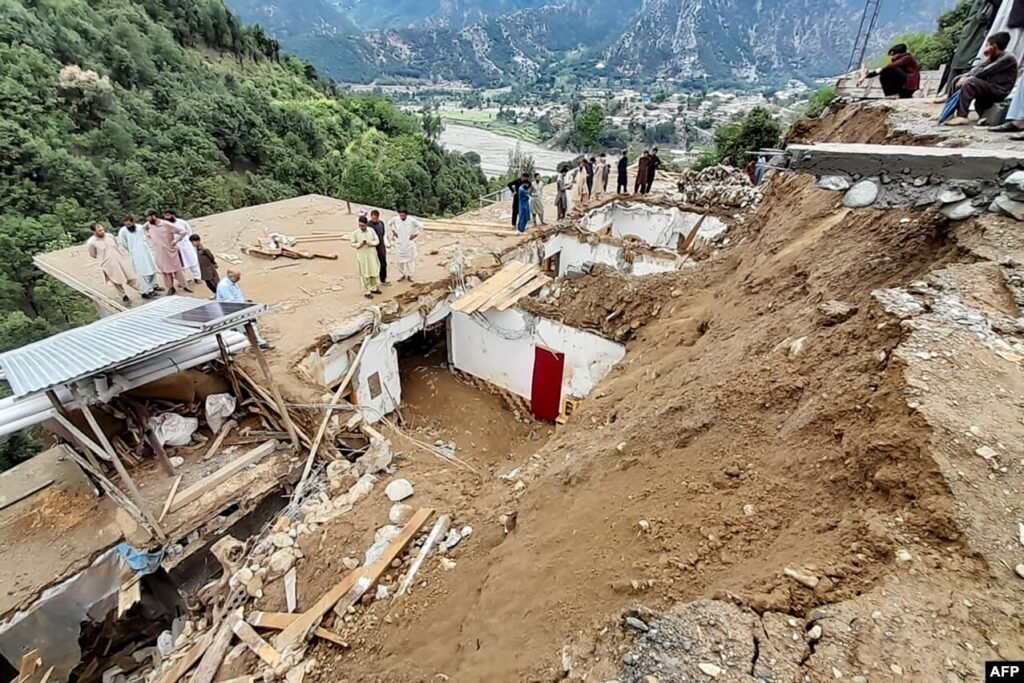

Record Monsoon Rains Leave 200+ Dead Across Pakistan in Devastating Floods
The sky over Pakistan has opened with an unforgiving force. In a devastating turn of events, over 200 lives have been lost to the record monsoon rains of 2025, and the toll continues to rise. Roads have turned to rivers, homes have been swept away, and families displaced by the thousands are still awaiting help.
But what’s behind this deadly downpour? How did we get here, and what’s being done about it? In this post, we’ll break down the causes, consequences, and urgent responses to one of Pakistan’s most severe flooding disasters in recent history.
Table of Contents

The Background: Monsoon Rains and Pakistan’s Climate Reality
Pakistan’s summer monsoon season typically runs from June through September, bringing life-giving water to the land—but it also comes with a dark side. Every year, torrential rains bring flash floods, landslides, and humanitarian crises, especially in vulnerable provinces like Punjab, Sindh, and Khyber Pakhtunkhwa.
In 2025, the Pakistan Meteorological Department (PMD) had already warned of an unusually intense monsoon. With climate change disrupting global weather systems, the rains that arrived this year were anything but typical.
- Average rainfall surged 60% higher than historical norms
- Urban areas like Karachi, Lahore, and Islamabad witnessed infrastructure collapse
- Remote regions like Chitral and Gilgit-Baltistan faced flash floods from melting glaciers
These aren’t just weather events—they’re warnings.
What’s Fueling the Flooding? Key Drivers Behind the Disaster
The flood crisis wasn’t caused by rain alone. A combination of environmental, urban, and political issues has exacerbated the effects. Let’s unpack the major contributors:
1. Climate Change and Glacial Melt
- Higher global temperatures have accelerated glacial melting in Pakistan’s northern regions
- This added volume to rivers like the Swat, Indus, and Ravi, overwhelming their banks
2. Poor Urban Planning
- Rapid urbanization without adequate drainage systems
- Encroachments on natural waterways and floodplains
3. Deforestation and Soil Erosion
- In many mountainous and hilly regions, tree cover loss has increased the speed and volume of water runoff
4. Weak Infrastructure and Maintenance
- Dams and reservoirs are aging
- Outdated flood management policies and limited early warning systems
The Current Crisis: Flooding Across Provinces record monsoon rains
As of July 20, 2025, the following events highlight the widespread impact:
- Punjab: More than 1.2 million people displaced, with dozens of villages underwater
- Sindh: Karachi faced urban flooding, paralyzing life for days
- Khyber Pakhtunkhwa: Torrents washed away bridges and schools; the Swat River burst its banks
- Gilgit-Baltistan: Cloudbursts triggered glacial lake outburst floods (GLOFs)
- Balochistan: Roads connecting interior towns collapsed under mudslides
The NDMA (National Disaster Management Authority) has declared a nationwide emergency, deploying rescue teams across high-risk zones. But the scale of devastation has overwhelmed even seasoned responders.

Human and Economic Costs of the Record Monsoon Rains
🧍 Humanitarian Impact:
- Over 200 confirmed deaths (and counting)
- Nearly 2 million affected, with many still awaiting evacuation
- Thousands of homes damaged or destroyed
- Access to clean drinking water and basic supplies critically limited
💸 Economic Repercussions:
- Early estimates suggest $2 billion in damages
- Agricultural lands submerged—posing a food security risk
- Loss of livestock, local businesses, and supply chains
🌍 Environmental Aftermath:
- Spread of waterborne diseases: cholera, dengue, and typhoid
- Disruption of wildlife and aquatic ecosystems
How to Stay Safe and Respond During Floods & Record Monsoon Rains
If you live in or near affected areas, here are essential steps you can take:
🛠️ Before the Flood:
- Stay updated with PMD and NDMA alerts
- Prepare an emergency kit: water, dry food, flashlight, first aid
- Avoid encroachments near riverbanks
💦 During the Flood:
- Evacuate when advised—don’t wait
- Avoid driving or walking through floodwaters
- Stay on higher ground
✅ After the Flood:
- Boil water before drinking
- Disinfect your home
- Report downed power lines or infrastructure damages
Government and NGO Response: Are We Doing Enough?
While rescue operations are ongoing, criticism is mounting over the lack of preparedness. Here’s how different entities are responding:
Government:
- NDMA and provincial disaster teams have set up 150+ relief camps
- Distribution of food, water, and medical aid
- Plans for post-flood rehabilitation and rebuilding
NGOs and Community Groups:
- Edhi Foundation, Al-Khidmat, and Red Crescent are mobilizing volunteers
- Grassroots fundraising and local shelter efforts are saving lives
International Support:
- UNICEF and WHO are preparing health emergency responses
- Countries like China, UAE, and Turkey have offered financial and logistical aid
But many areas still remain inaccessible. Locals often feel abandoned in the absence of timely help.
Looking Ahead: What Does the Future Hold?
Pakistan’s climate future depends on the actions we take now. If current patterns continue:
- Monsoon rains will become more intense and erratic
- Glacial melt will continue to feed flood risk
- Urban flooding may become a yearly disaster in major cities
Expert Recommendations:
- Modernize flood forecasting systems
- Implement climate-resilient urban planning
- Invest in reforestation and riverbank protections
It’s not about stopping the rain—it’s about preparing for it.
FAQs: Your Questions Answered
Q: Why is Pakistan experiencing record rains in 2025?
A: A combination of climate change, glacial melt, and unusual monsoon patterns driven by global warming has intensified rainfall.
Q: Which areas are most affected by the floods?
A: Punjab, Sindh, Khyber Pakhtunkhwa, and Gilgit-Baltistan have seen the most severe damage.
Q: How can I stay informed about flood alerts?
A: Follow the Pakistan Meteorological Department (PMD) and NDMA on social media or visit their official websites.
Q: What should I pack in a flood emergency kit?
A: Essentials include bottled water, non-perishable food, a flashlight, power bank, first aid kit, personal ID, and sanitary supplies.
Q: Are rescue efforts underway in rural areas?
A: Yes, but accessibility remains a challenge. Helicopter and boat missions are ongoing, but not all areas are reachable yet.
Q: Is international aid being provided?
A: Several countries and global organizations are offering financial and medical assistance.
Q: What role do local NGOs play in the crisis?
A: NGOs are often the first to respond, especially in areas where government help is delayed.
Q: How does deforestation affect flooding?
A: Trees help absorb water and hold soil in place. Their removal leads to faster runoff and more intense floods.
Q: Can this happen again next year?
A: Unfortunately, yes—unless infrastructure and climate policies improve.
Q: How can I help?
A: Donate to verified relief organizations, share accurate updates, and pressure local leaders to invest in climate resilience.
Final Thoughts: A Call for Urgent Action
This isn’t just about weather—it’s a wake-up call. The 2025 monsoon floods have reminded us that we’re not as prepared as we thought. Over 200 lives lost, homes destroyed, and communities uprooted shouldn’t be just another headline.
We need bold climate policies, smarter urban planning, and stronger disaster response systems.
Share this post to raise awareness, donate to trusted relief funds, and stay informed. The next storm may not wait for us to be ready.
For further reading, visit:
Stay safe, stay aware—and let’s rebuild stronger, together



